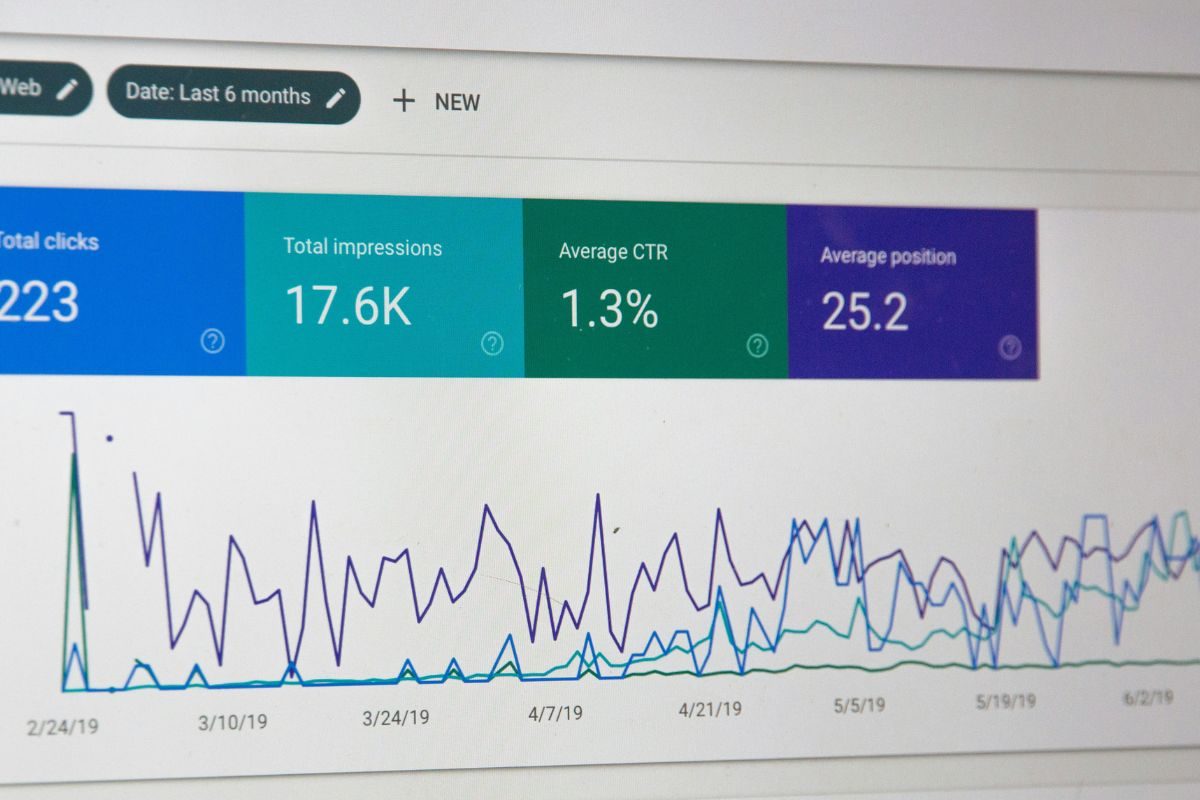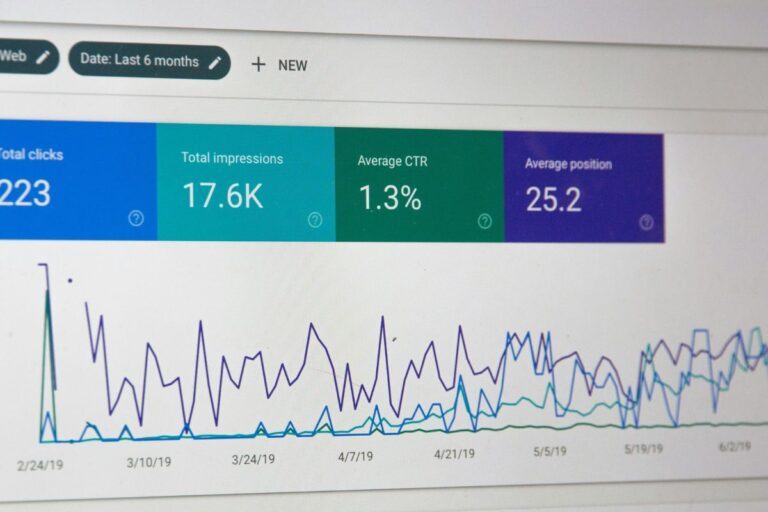Introduction to Bias in AI
Bias in artificial intelligence is a hot topic that has sparked important conversations across various sectors. As AI technologies evolve, the potential for bias to creep into these systems raises serious concerns. Generative AI services, which create content ranging from text and images to music and code, are no exception.
Imagine relying on an AI tool to generate vital information or creative work only to realize that it perpetuates stereotypes or overlooks critical perspectives. This situation can have far-reaching implications not just for businesses but also for society at large. Understanding how bias manifests in generative AI outputs is essential as we strive for more equitable technological solutions.
As we delve deeper into this subject, we’ll explore what makes generative AI services unique, the consequences of biased outputs, current strategies for detection and mitigation, real-world case studies highlighting these issues, and future pathways toward improvement. Join us as we navigate this complex landscape where creativity meets ethics!
Understanding Generative AI Services
Generative AI services have rapidly transformed the landscape of technology. These systems create content that can mimic human creativity, producing text, images, music, and even code.
At their core, these services rely on complex algorithms trained on vast datasets. The training allows them to understand patterns and structures in the data they consume. This capability enables them to generate new outputs that are often indistinguishable from those created by humans.
Businesses leverage generative AI for various applications. Marketing teams use it for ad copy or social media posts. Designers might employ it to brainstorm visual concepts quickly.
Despite their potential benefits, understanding how these services function is crucial. Users must grasp both the magic and limitations of generative tools to harness their true power responsibly while being aware of any biases they may inadvertently perpetuate through output generation.
The Impact of Bias in Generative AI Outputs
Bias in generative AI outputs can lead to significant repercussions. When these systems produce content, they often reflect the biases present in their training data. This may perpetuate stereotypes or create misleading narratives.
The consequences affect various sectors—from marketing to education. For instance, biased advertisements can alienate entire demographics, leading companies to miss out on potential customers. In educational settings, flawed information could skew students’ understanding of critical topics.
Furthermore, trust plays a crucial role. If users perceive generative AI services as unreliable due to bias, it diminishes confidence in technology as a whole. People become hesitant to embrace advancements that should enhance their lives.
Addressing this issue is not merely an ethical obligation; it’s essential for fostering innovation and inclusivity across industries using generative AI technologies. The path forward requires vigilance and active engagement from developers and stakeholders alike.
Current Methods for Bias Detection and Mitigation
Current methods for bias detection in generative AI services involve various approaches. Researchers utilize statistical techniques to identify disparities in model outputs across different demographic groups. This helps illuminate where biases may exist.
One popular method is adversarial testing, which involves creating inputs specifically designed to expose biased behavior within the model. By analyzing how these inputs affect the output, developers can pinpoint problematic areas.
Another key approach is utilizing fairness metrics that quantify bias levels within generated content. These metrics provide clear benchmarks to measure improvement over time.
Mitigation strategies often include retraining models with more diverse datasets or applying techniques like reweighting or data augmentation. Adjustments during training help ensure a broader representation of perspectives and minimize skewed results.
Monitoring tools also play an essential role post-deployment, allowing teams to continually assess and address biases as they emerge in real-world applications.
Case Studies: Real-World Examples of Bias in Generative AI Outputs
One prominent example of bias in generative AI services occurred when an image generation tool was asked to create portraits of professionals. The outputs predominantly featured individuals who fit traditional stereotypes, often overlooking diverse representations.
Another case involved a text generation model that responded differently based on the names provided. For instance, it offered more favorable descriptions for male-sounding names compared to female ones. This clear disparity highlighted how underlying biases can creep into seemingly objective algorithms.
In the realm of natural language processing, a popular chatbot exhibited biased responses when discussing sensitive topics like race or gender. Users reported that its replies could unintentionally reinforce harmful stereotypes.
These instances reveal significant challenges within generative AI services. They underscore the urgent need for better oversight and proactive measures against bias in AI-generated content.
Future Solutions and Recommendations for Bias Detection and Mitigation
Emerging solutions for bias detection in generative AI services focus on transparency and accountability. Incorporating explainability can make algorithms more interpretable, allowing developers to understand their decision-making processes.
Another promising approach involves diverse training datasets. By ensuring that data reflects a wide range of perspectives, we minimize the risk of inherent biases influencing outputs. Collaboration with interdisciplinary teams can further enhance this effort.
Regular audits play a crucial role too. Implementing routine assessments of AI models helps identify potential biases throughout the lifecycle. This proactive stance encourages ongoing improvement rather than reactive adjustments.
User feedback mechanisms are increasingly vital as well. Engaging users allows for real-time insights into how generative AI services impact different communities, leading to refinements based on actual experiences.
Adopting regulatory frameworks may also be necessary, guiding ethical practices in the development and deployment of these technologies while fostering public trust in generative AI applications.
Conclusion
Bias in AI is an important topic that cannot be overlooked. As generative AI services become more integrated into our daily lives, recognizing and addressing bias becomes crucial. The influence of these systems on decision-making processes can have real-world consequences.
As we’ve explored, the impact of bias in generative AI outputs can affect various sectors like healthcare, finance, and entertainment. With examples illustrating this issue, it’s evident that both developers and users must remain vigilant.
Current methods for detecting and mitigating bias are evolving but still face challenges. There is a clear necessity for innovative solutions to enhance fairness within these technologies. Future recommendations suggest collaborative efforts between researchers, ethicists, and the tech industry to build more equitable models.
Mitigating bias in generative AI services isn’t merely an option; it’s a responsibility we all share as stakeholders in technology’s future. By prioritizing fairness now, we can shape a better tomorrow where technology serves everyone equally.














